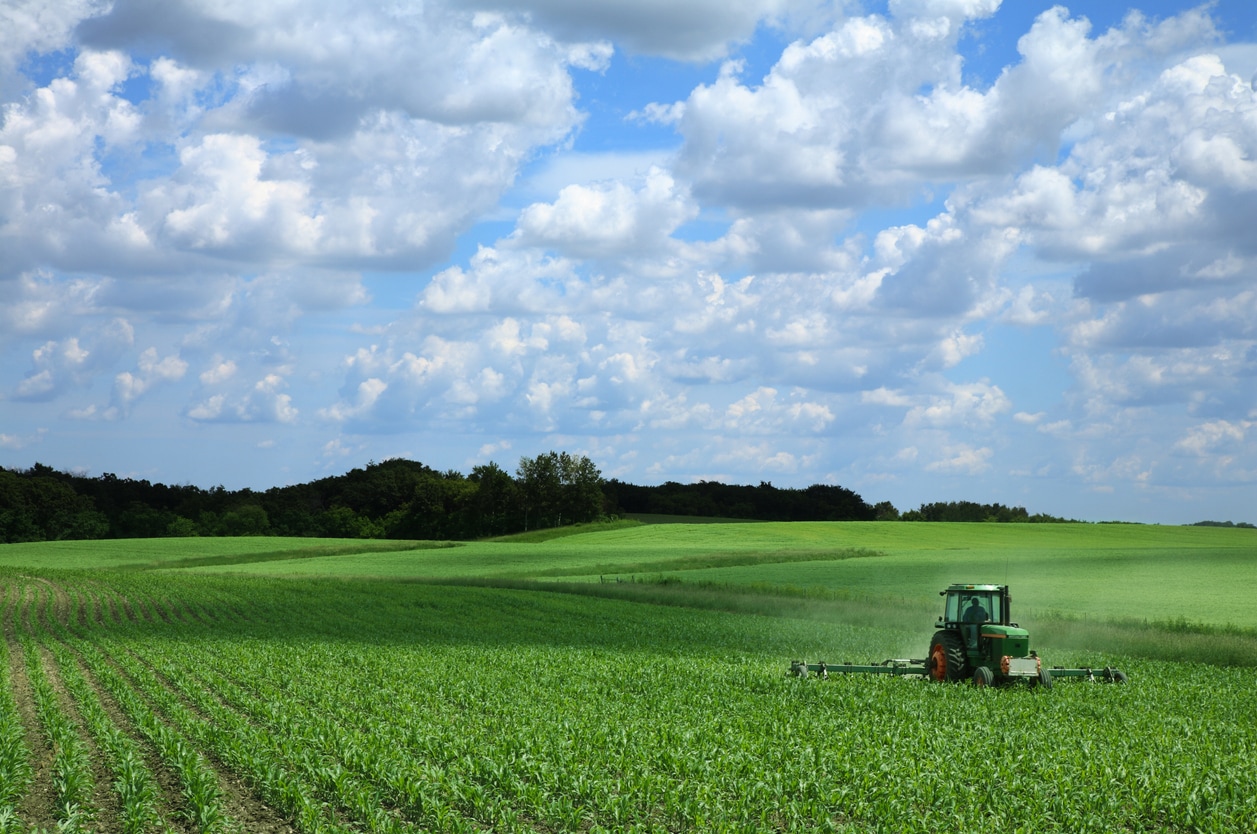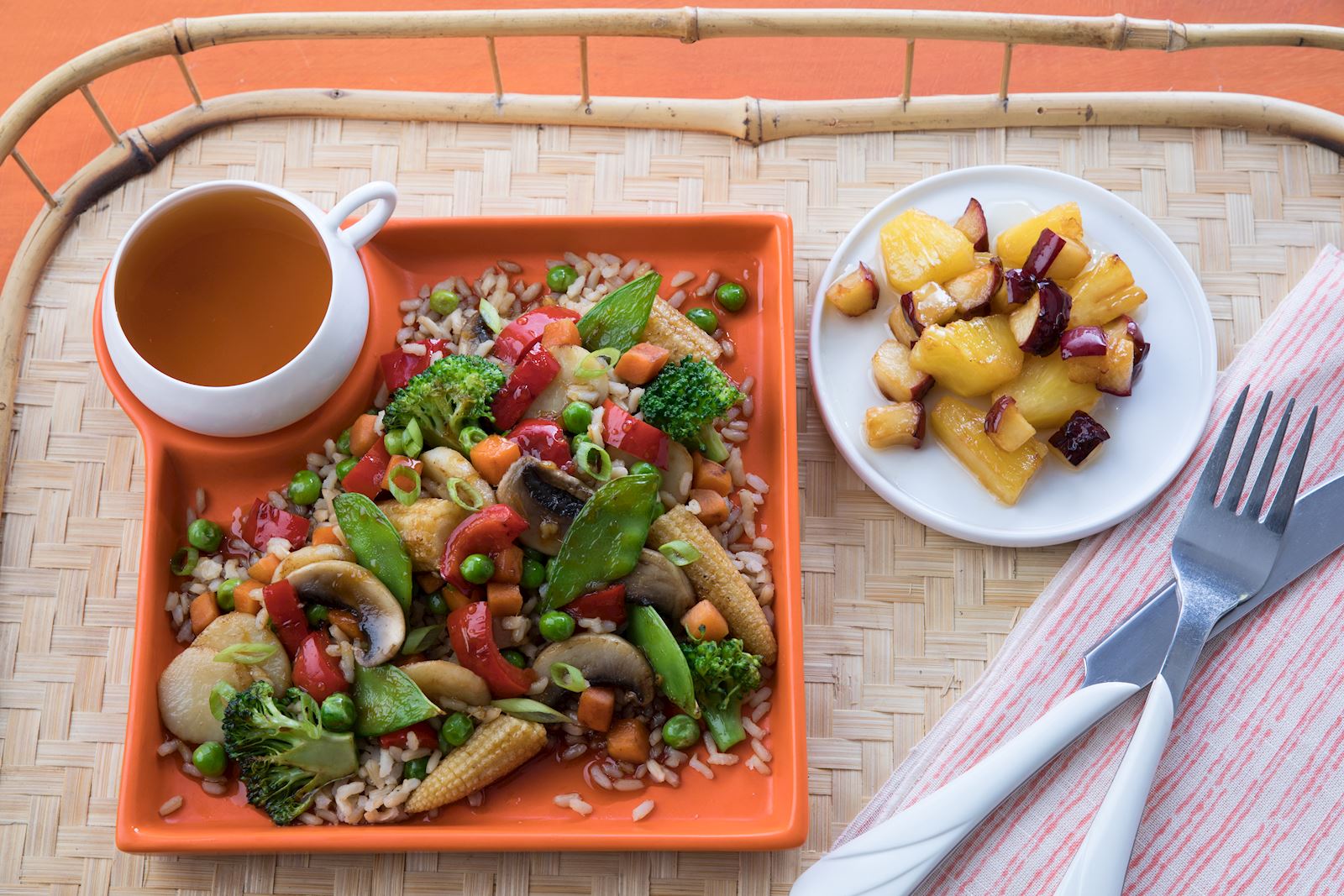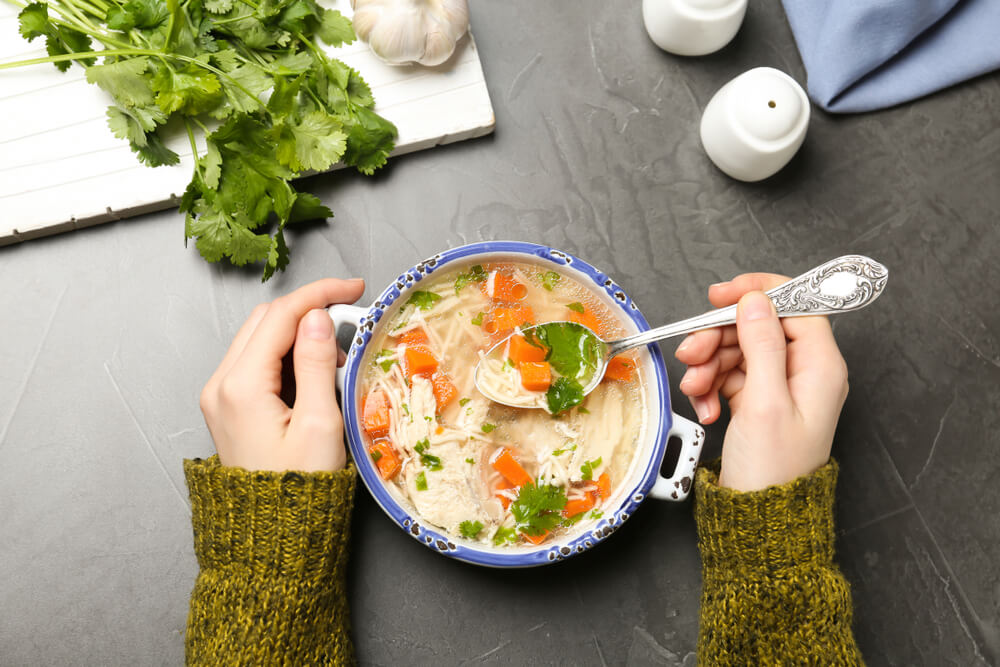Iowa is the nation’s top producer of eggs, corn, and pork, and it’s home to manufacturing sites for some of the world’s largest food brands. All told, Iowa produces one-eleventh of the nation’s food supply.[1]
And yet, every single day, people in Iowa go hungry
Kids, seniors, and adults from all walks of life and in every one of the state’s 99 counties face food insecurity. A study by Feeding America shows that 1 in 7 children in Iowa struggles with hunger, and one in ten people in the state struggles with hunger. It is estimated that more than $144 million annually is needed to close the gap with those facing hunger in Iowa.[2]
Like all states in the nation, Iowa faces even greater food insecurity challenges due to the COVID-19 pandemic. A Feeding America report shows that, prior to COVID-19, 359,248 Iowans – or 11% of the state’s population - struggled with food insecurity. Now that number is almost 600,000 – a 19% increase.[3] A national look at the problem using data from the United States Department of Agriculture (USDA), shows that 11% of U.S. households were food insecure in 2018. As the pandemic swept the nation in April of this year, that percentage had risen to between 22%-38%, the highest percentage of food insecurity reported since data collection on the statistic had begun.[4]
Food insecurity isn’t just about putting food on the table. It factors into many household decisions about maintaining housing and the ability to pay bills. The lack of food to sustain a healthy life is also a critical factor in health care usage. One study shows that food-insecure households are 47% more likely to visit an emergency room. Studies also show that when people don’t have access to enough nutritious food, it can lead to a range of chronic — and expensive — health issues including heart disease, high blood pressure, and diabetes.[5]
Meeting the need
Iowa has an extensive network of food banks, food pantries, and charitable organizations providing groceries and meals to help Iowans in need. However, given increased demand and shortfalls in donations during the pandemic, Iowans need even more support to put food on the table.
Food banks are working hard to close the gap. For instance, the Riverbend Food Bank in Dubuque has experienced a 36% increase in demand for support in the last few months. Because the pandemic has disrupted the food supply chain, the food bank has also had to increase spending by 50% to buy enough food to meet the need. With the pandemic continuing into the fall, the food bank managers know they’ll have to continue stretching their resources to help Iowans with food insecurity.
Mom’s Meals® is committed to the fight against food insecurity and hunger — in Iowa and across the country. We partner with health plans, government programs, and local agencies to deliver condition-appropriate meals to homes nationwide. Learn more
[1]https://www.iowaeconomicdevelopment.com/userdocs/media/FS_Food_Ingredient.pdf
[2]https://www.feedingamerica.org/hunger-in-america/iowa
[3]https://www.iowastopshunger.com/hungerchallenges
[5]https://www.tandfonline.com/doi/abs/10.1080/21551197.2016.1200334



